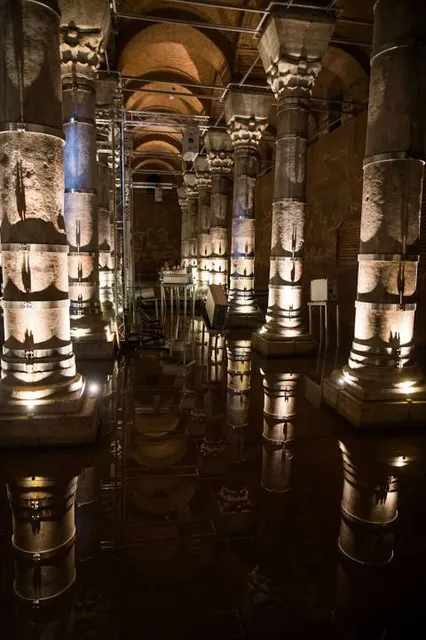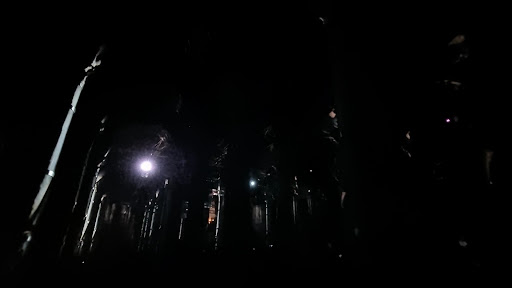Cistern of Theodosius things to do, attractions, restaurants, events info and trip planning
Basic Info
Cistern of Theodosius
Binbirdirek, Piyer Loti Cd. No:2/1, 34122 Fatih/İstanbul, Türkiye
4.5(4.2K)
Open 24 hours
Save
spot
spot
Ratings & Description
Info
The Theodosius Cistern is one of many ancient cisterns of Constantinople that lie beneath the city of Istanbul, Turkey. The modern entrance is in Piyer Loti Caddesi, Fatih.
Cultural
Accessibility
attractions: Column of Constantine, Çemberlitaş Hamamı, Sultanahmet Square, Tomb of Mahmut II. 30th Sultan, Turkish and Islamic Arts Museum, The Blue Mosque, Grand Bazaar, Basilica Cistern, Nuruosmaniye Mosque, Gazi Atik Ali Pasha Mosque, restaurants: Hidden Garden Restaurant Sultanahmet, Ortaklar Kebap Restaurant, Marvani Kebab & Fish Traditional Restaurant, Loti Restaurant, Food Palace 1981 Anatolian Restaurant, Loti Roof Lounge, Bombay Masala Indian Restaurant(Sultanahmet), Mevlana Kebap Lahmacun Salonu, Hanzade Terrace Restaurant, Ross Kebab House Restaurant
 Learn more insights from Wanderboat AI.
Learn more insights from Wanderboat AI.Phone
+90 212 222 28 82
Website
serefiyesarnici.istanbul
Plan your stay

Pet-friendly Hotels in Fatih
Find a cozy hotel nearby and make it a full experience.

Affordable Hotels in Fatih
Find a cozy hotel nearby and make it a full experience.

The Coolest Hotels You Haven't Heard Of (Yet)
Find a cozy hotel nearby and make it a full experience.

Trending Stays Worth the Hype in Fatih
Find a cozy hotel nearby and make it a full experience.
Reviews
Nearby attractions of Cistern of Theodosius
Column of Constantine
Çemberlitaş Hamamı
Sultanahmet Square
Tomb of Mahmut II. 30th Sultan
Turkish and Islamic Arts Museum
The Blue Mosque
Grand Bazaar
Basilica Cistern
Nuruosmaniye Mosque
Gazi Atik Ali Pasha Mosque
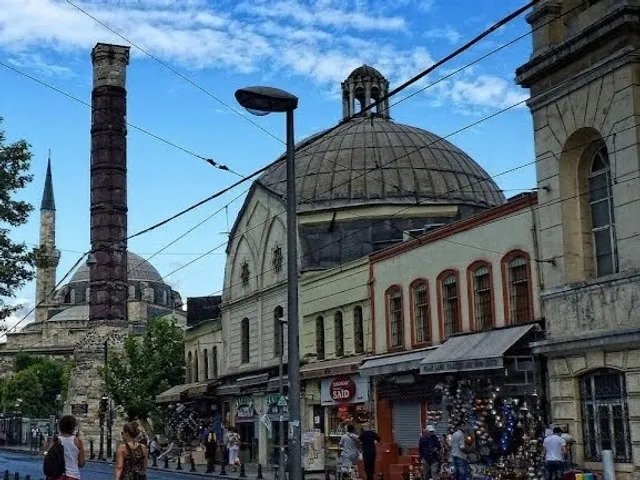
Column of Constantine
4.6
(4K)
Open 24 hours
Click for details
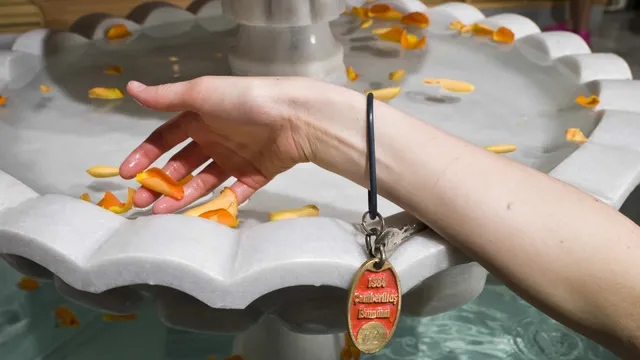
Çemberlitaş Hamamı
4.0
(1.7K)
Open until 10:30 PM
Click for details

Sultanahmet Square
4.7
(13.4K)
Open 24 hours
Click for details
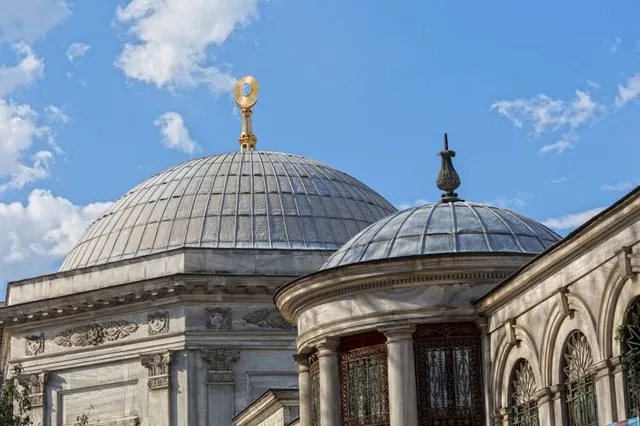
Tomb of Mahmut II. 30th Sultan
4.8
(698)
Open 24 hours
Click for details
Things to do nearby

Aerial Yoga With a Certified Instructor
Fri, Dec 26 • 7:00 AM
34427, Beyoğlu, İstanbul, Turkey
View details
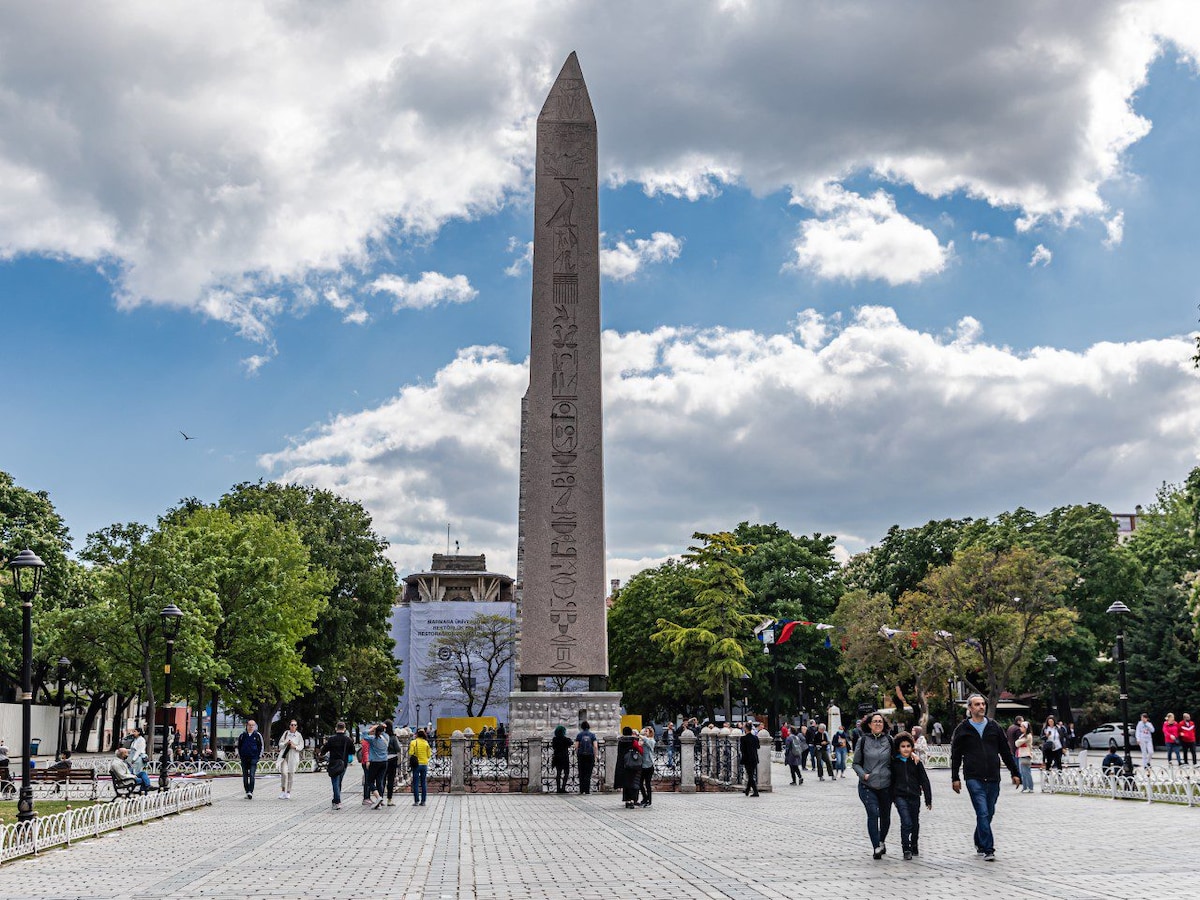
Must-See Sights and Hidden Gems of Old City
Sun, Dec 28 • 9:30 AM
34126, Fatih, İstanbul, Turkey
View details
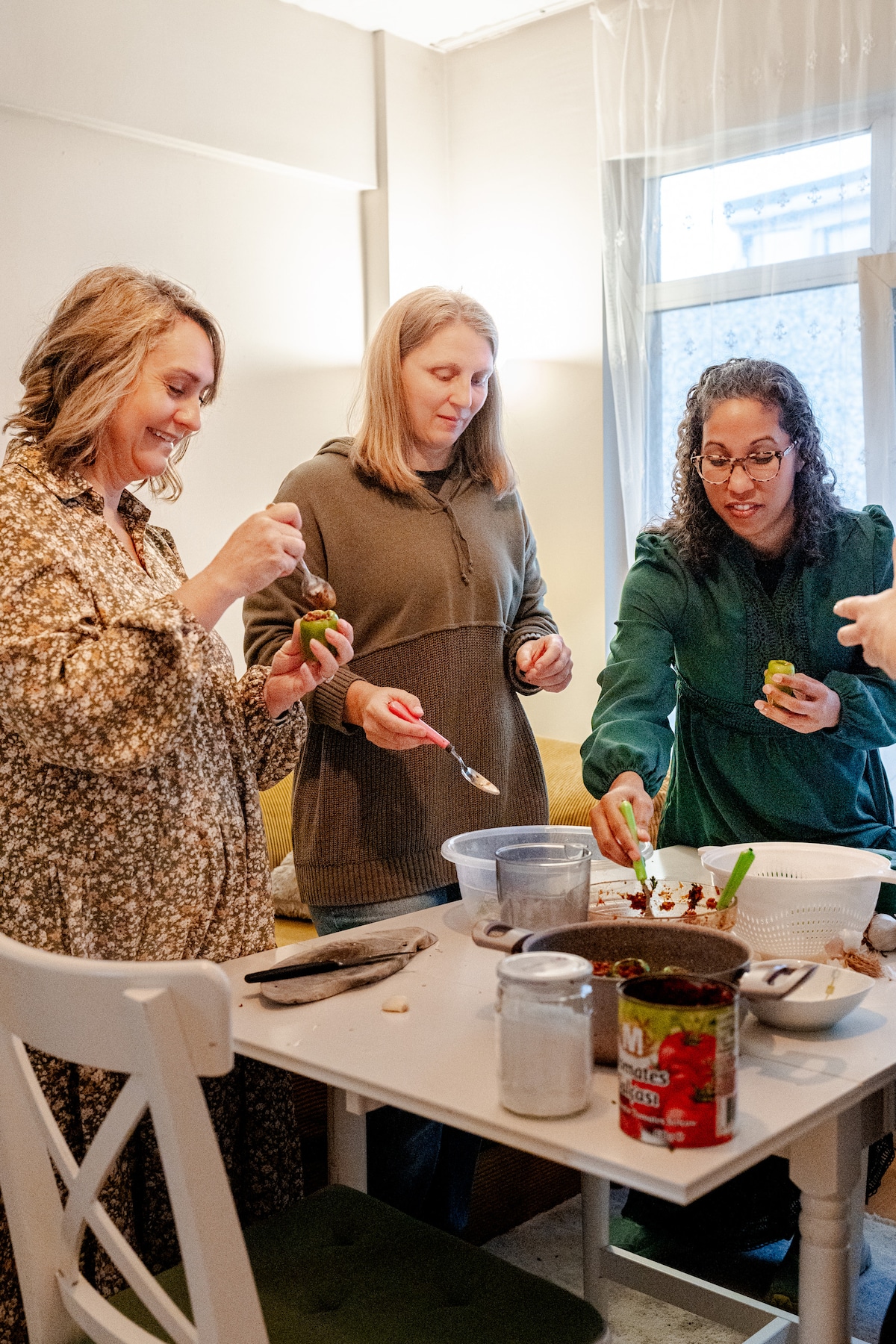
Authentic Turkish cooking in a local Istanbul home
Fri, Dec 26 • 5:00 PM
34353, Beşiktaş, İstanbul, Turkey
View details
Nearby restaurants of Cistern of Theodosius
Hidden Garden Restaurant Sultanahmet
Ortaklar Kebap Restaurant
Marvani Kebab & Fish Traditional Restaurant
Loti Restaurant
Food Palace 1981 Anatolian Restaurant
Loti Roof Lounge
Bombay Masala Indian Restaurant(Sultanahmet)
Mevlana Kebap Lahmacun Salonu
Hanzade Terrace Restaurant
Ross Kebab House Restaurant
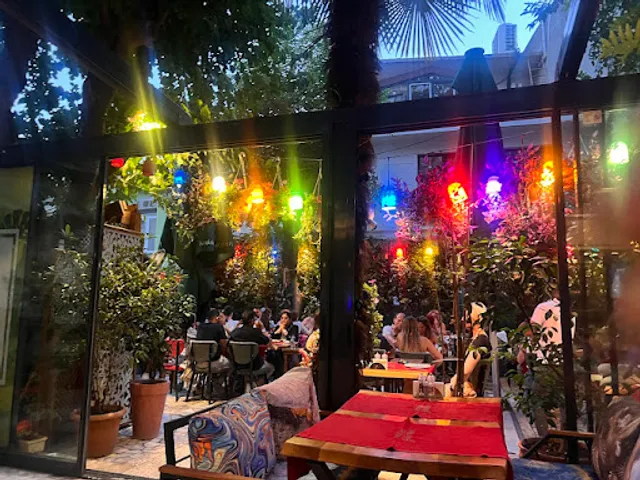
Hidden Garden Restaurant Sultanahmet
4.9
(7.1K)
Click for details
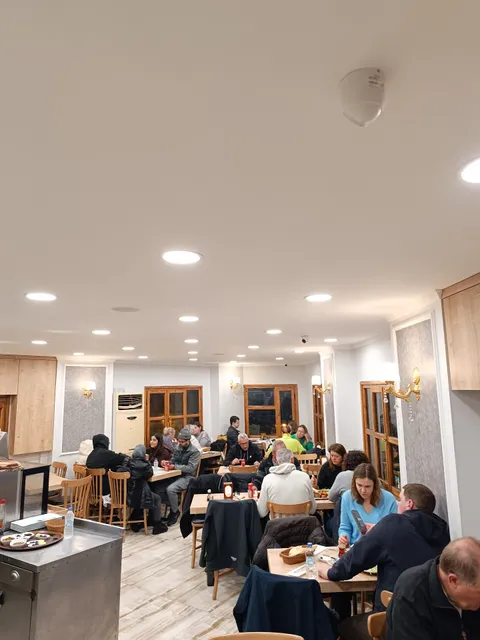
Ortaklar Kebap Restaurant
4.8
(3.3K)
Open until 1:30 AM
Click for details
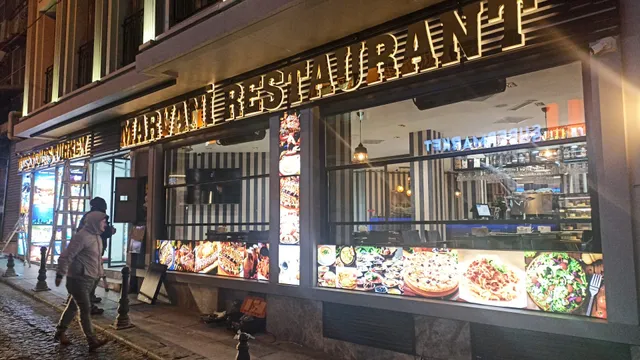
Marvani Kebab & Fish Traditional Restaurant
4.9
(2.5K)
Click for details
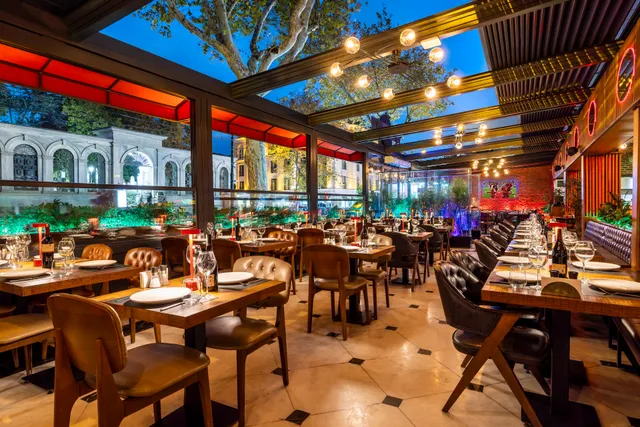
Loti Restaurant
4.8
(2.7K)
Click for details
